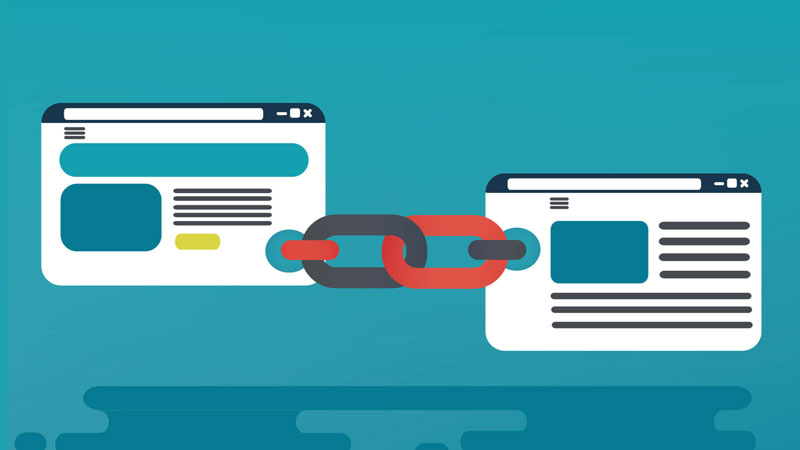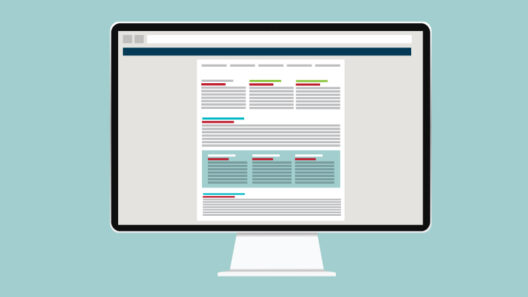Internal linking plays a pivotal role in search engine optimization, encompassing the practice of connecting different pages within your website under the same domain. It helps search engines understand the structure of your website, establish the hierarchy of pages, and determine the relative importance of different pages. Additionally, internal linking improves user experience by guiding visitors to relevant and related content. Thereby it increases the time they spend on your site. Here are the importance and best practices to consider when it comes to internal linking for SEO.
What is Internal Linking for SEO
Internal linking for SEO refers to the practice of creating hyperlinks within your website’s content that connect one page of your site to another page within the same domain. These links help users navigate between different pages and sections of your website. They also play a significant role in how search engines understand and rank your website’s content.
Importance of Internal Linking
Crawling and Indexing: Search engine crawlers use links to discover and navigate through websites. When you include internal links on your pages, it helps search engines find and index all the pages on your site. This ensures that your content can be indexed and appear in search engine results.
Information Hierarchy: Internal links establish a hierarchy of importance and relevance among your website’s pages. Pages that are linked to more frequently from other pages are often seen as more important. It may receive higher visibility in search results.
Link Juice Distribution: Internal links allow you to distribute the SEO value (link juice) of high-authority pages to other pages on your site. This can help improve the overall ranking potential of various pages and enhance their chances of appearing in search results.
User Experience: Well-placed internal links provide a smoother user experience by guiding visitors to related or relevant content. This encourages users to spend more time on your site, exploring different topics and pages.
Keyword Context: Using descriptive anchor text (the visible text of a hyperlink) in your internal links can provide additional context to search engines about the content of the linked page. This can help search engines understand what the linked page is about and how it’s related to other content on your site.
Best Practices for Internal Linking
Internal linking is a powerful SEO strategy that, when executed properly, can enhance both the search engine visibility and user experience of your website. By following these best practices, you can effectively leverage internal linking to improve your site’s performance in search engine rankings and engagement metrics.
- Use Descriptive Anchor Text: Anchor text is the readable and interactive text of a hyperlink. This text should provide a clear and pertinent description of the content on the linked page while steering clear of generic terms like “click here.”
- Relevance and Context: Link relevant pages together to provide users with additional information on a topic. The linked pages should have a logical connection, and the link should make contextual sense.
- Natural Placement: Internal links should be placed naturally within the content. Avoid overloading pages with too many links, as it can make the content appear spammy.
- Hierarchy and Structure: Establish a coherent page hierarchy for your website. Use top-level pages to link to subcategory pages, and those subcategory pages to link to specific content pages.
- Useful Navigation: Include a clear and well-organized navigation menu that allows users to easily find and navigate between different sections of your site.
- Broken Links and Redirects: Regularly audit your internal links to ensure they are working properly. Fix any broken links and set up redirects for pages that have been moved or deleted.
- Link Depth: Try to keep important pages within a few clicks from your homepage. The deeper a page is in your site’s structure, the less SEO value it might receive.
- Variety in Anchor Text: Use a variety of anchor text that reflects the different keyword variations you want to rank for. This helps search engines understand the content of the linked pages.
- Sitemaps: Include an XML sitemap on your site to help search engines understand the overall structure and hierarchy of your content.
- Contextual vs. Footer Links: Contextual links within the main content area of a page generally hold more SEO value than links placed in footers or sidebars.
Extra Internal Iinking Hygiene You Should Never Ignore:
- Remove redirect chains. If Page A → B → C, then change it to A → C directly.
- Fix broken links (404s). Dead ends hurt both UX and crawlability.
- Minimize crawl depth. Important pages should be reachable within a few clicks.
- Use strong, descriptive anchors. No more “click here” – use relevant text like “Best on-page SEO checklist”.
- Identify unlinked or underlinked pages and add internal references to them.
- Fix orphan pages by connecting them with contextual parent pages.
- Never use UTM tags for internal links – it breaks analytics and split sessions.
Conclusion
Internal linking is a fundamental SEO strategy that helps both search engines and users navigate, understand, and engage with your website’s content effectively. Properly executed internal linking can positively impact your site’s search engine rankings and user engagement metrics.





